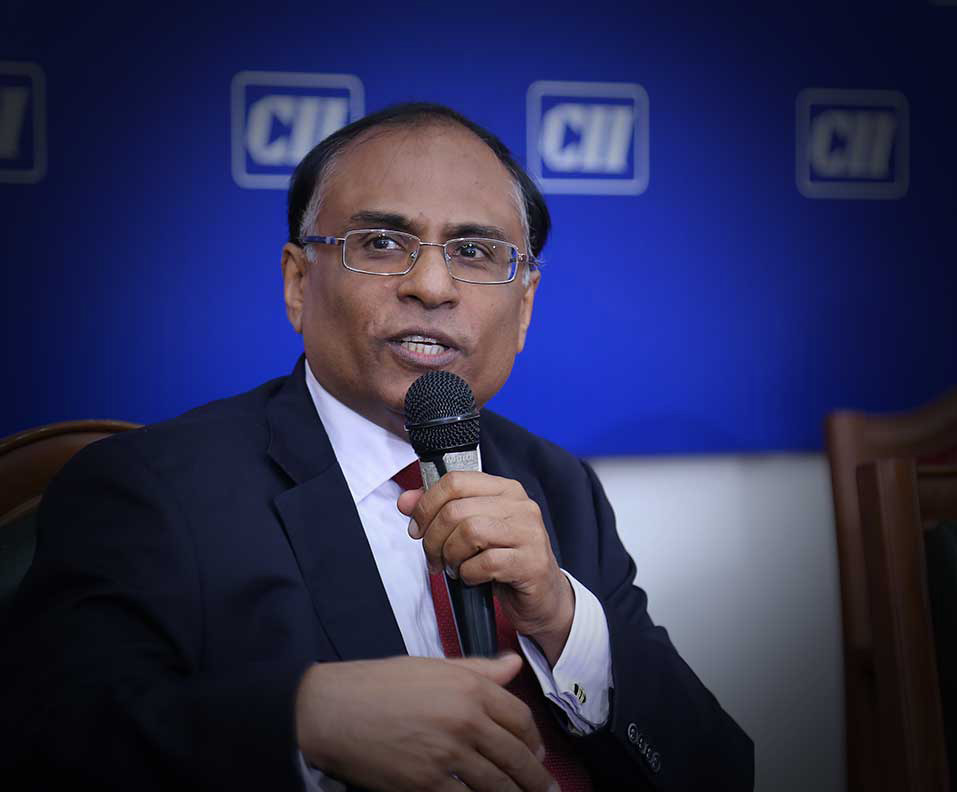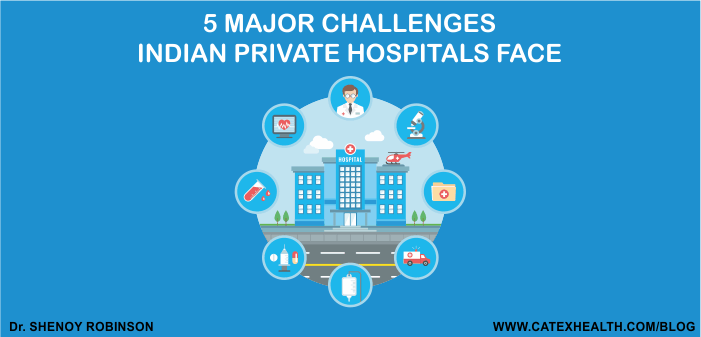Introduction
The Indian healthcare market as a whole is growing at a compounded annual growth rate (CAGR) of 22.9 per cent during the last five years and is expected to touch US$ 280 billion by 2020. According to a recent study by the industry body Assocham, the Indian private hospitals segment is estimated to reach a level of US$ 125 billion by end of this year with a CAGR of 20%. There will be a requirement for an additional 600,000 to 700,000 beds in India over the next five to six years.
Owning and operating hospitals in India appears to be one of the most lucrative businesses today. A vast number of foreign and domestic investors, conglomerates, business men etc. tend to view starting hospitals as a great investment and commercial opportunity with low entry barriers, low competition and high demand, altogether a relatively easy to run business.
The attractiveness of the sector can be gauged from the value of transactions for private equity funding for hospitals which has increased from 94 million USD in 2011 to 1,275 million USD in 2016—a jump of 13.5 times. Some of the major global players who are active investors include TPG, Temasek, Abraaj, Carlyle, KKR, IFC etc. According to foreign direct investment fact sheets published by the government, the healthcare sector attracted foreign direct investment of Rs 4,149 crore till last year which is a jump of almost 169% over the five years since the financial year 2011-12.
Some of the factors that are fuelling this growth include increased longevity, rising income levels and health awareness, increased incidence of lifestyle related diseases and improved penetration of both private and government sponsored insurance coverage.
When we see these figures, it is natural to assume that operating a hospital in India must be a piece of cake. However, the life of senior management in hospitals can be extremely challenging. What many people fail to realise is that a hospital is an incredibly complex and difficult organisation to manage.
The 5 major challenges that most hospitals are grappling with in India today are:
- How to grow revenue
- How to maintain and increase margins
- How to satisfy an increasingly demanding and informed patient
- How to strengthen physician engagement
- How to source skilled manpower
In my blog, I will use my 30 years of industry experience in various senior management roles to shed some light on the finer nuances of manging the hospital business, develop diverse outlook to some of these issues, refresh perspectives to catalyze out of the box thinking and solutions to some of these challenges. The discussions would range from the challenges of starting new projects, to turning around sick ones and would include innovative views on the management large hospital chains.
The first major topic that we will take up is:
The Challenge of Growing Hospital business and revenue.
I will begin by giving a broad and provocative statement that is valid for a vast majority of private hospitals and doctors in the country:
“Stop buying business, focus on building it”
In the present market situation, most players are focused on ultra-short-term tactics to develop business and drive revenue. in order to substantiate this, lets understand a few “Marketing Strategies” that hospitals are using for driving revenue and growth:
Strategy Number 1: Acquiring “star” doctors
Engaging and acquiring“star” i.e. high value doctors by poaching them from other competitors. So, how is a star doctor defined? The main considerations are:
- Size of doctor’s patient base
- Number of surgeries/ procedures done by the doctor
- Amount of revenue that is currently generated by the doctor
Based on these criteria the doctors are chosen and then enticed to join the hospital by providing them with a range of incentives. These incentives include an increase in their earnings (Increased minimum guarantee or / and increase in revenue share), promises of individual marketing, promises of providing the latest medical equipment of their choice, promise of providing manpower of their choice so on and so forth. In other words, the so-called strategy is to offer them a more lucrative package than what they are currently getting irrespective of whether this would be financially viable. Very little thought is given to the Specialty, Gross margins, ability to maintain patient base or ability to increase the volumes is taken into consideration at this time of “wooing the bride”. I know of numerous examples where doctors having been lured by fancy promises that were not viable financially and joined the hospital. Over a period of time when the expected financials did not accrue the relationship between the hospital and doctor started to deteriorate with each side blaming the other for failure to keep their commitments and promises and ending with a bitter divorce.
Strategy number 2 Growing the Referral network
There is arguably no private hospital brand in India till date which can claim that they are capable of driving patients on their own. Most patients while seeking treatment for major diseases depend on word of mouth recommendation. One of the powerful influencers in this decision is the local physician.
The system works like this; the local physician is incentivized by the hospital to refer the patient to them for treatment. This incentive is usually monetary and is linked as a percentage of the bill. The fundamental strategy for the hospital is to have a large number of “referring physicians” in their network who would refer their patients for treatment to the hospital. The key lever for growth is the number of referring physicians in the hospital’s network.
What is interesting is that all hospital in the region are doing exactly the same. They are going to the same set of doctors and providing similar incentives to refer patients. In other word hospitals are buying patients by paying the referring doctor differentially. So, now the thinking and the strategy is how do we increase the absolute number such referring physicians and incentivising them differentially from other hospitals. How much referral fees are we paying them, and can we entice them to refer more patients by increasing the payouts? Interestingly, it does not seem to matter that all the hospitals in the geography are having the same conversations with the same set of doctors.
Strategy number 3 Empanelment
This strategy is aimed at getting empanelled with a large number of corporates and public-sector organisations as their recognized hospital for treatment. The key is not merely to get empaneled but how to differentially incentivize the medical officers working in these companies to refer patients to your hospital. Again, it does not matter that all the hospitals are doing exactly the same – the key lever being the maximum percentage that you can offer over the competition. (Sounds familiar!!!).
Strategy No 4 International business
Another huge area of interest for hospitals is the International tourism business. How does this work? There are a number of patient facilitators of different kinds who are bringing patients into India or picking them up from the airports and then bringing them to hospitals for treatment for a commission. This commission could be at times as high as 40 to 50% of the bill. A visit to the Delhi airport in the night when the flights from Iraq/ Afghanistan are landing would be a revelation on the pathetic state of this “business”. Again, the key lever for the hospitals is how much more attractive is your incentive (commission) to these “facilitators” in comparison with the other hospitals. Ii this becoming repititive?
Strategy No.5 BTL activities
This to do with conducting BTL (Below the line) activities like:
- CMEs (Continued Medical Education) programmes with the local physicians(domestic and International) so that they refer patients to the hospitals. Most of these CMEs are subsidized by pharma and device companies. Unfortunately, the focus is more on the social interaction and less on the academics.
- Conduct camps and outreach OPDs. The metric of success is not the number of patients that were screened and needed treatment at the hospital but the volume of patients that attended the camp
- Miscellaneous activities. These include walks, health talks, other community education and interaction activities, etc.
Voila! I have just given an executive summary of any private hospital’s Strategic and marketing plan. All you need to do now is create an Excel sheet, plug in requisite numbers on these metrics and you are ready to go.
The main point I am trying to make is that the core of marketing strategy of most hospitals is on “Buying the business rather than developing it”.
It is tragic that most private hospitals have the same mind-sets and are doing the same things desperately expecting somehow or the other to achieve different results.
What could be an alternative way of growing the hospital’s business? How do we build this business? What should we start doing and what should we stop doing?
I will attempt to answer these questions in my series on this topic.
The first thing that is missing in this story is- Strategic Long-term thinking. In my next blog I will document my views on the same.






Thought provoking
This reminds me of the well proven proverb – ” Rome was not build in a day”. One who has been successful understood the dynamics from the day one and one who is still striving to make both ends meet, underestimates the dynamics
Hello sir,such a impressive blog you have written and I am very happy to tell you that we provide ayurvedic treatment in India.Thanks for sharing.
Manpower other than Medical doctors shortage is the major challenge to Private hospitals.
Hi
DR. SHENOY ROBINSON
your post is awesome. thanks to share this.